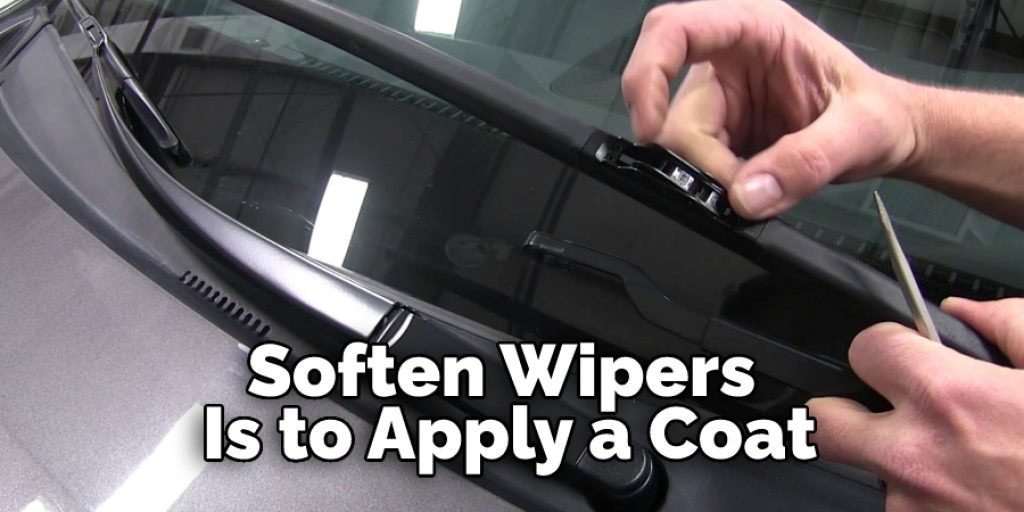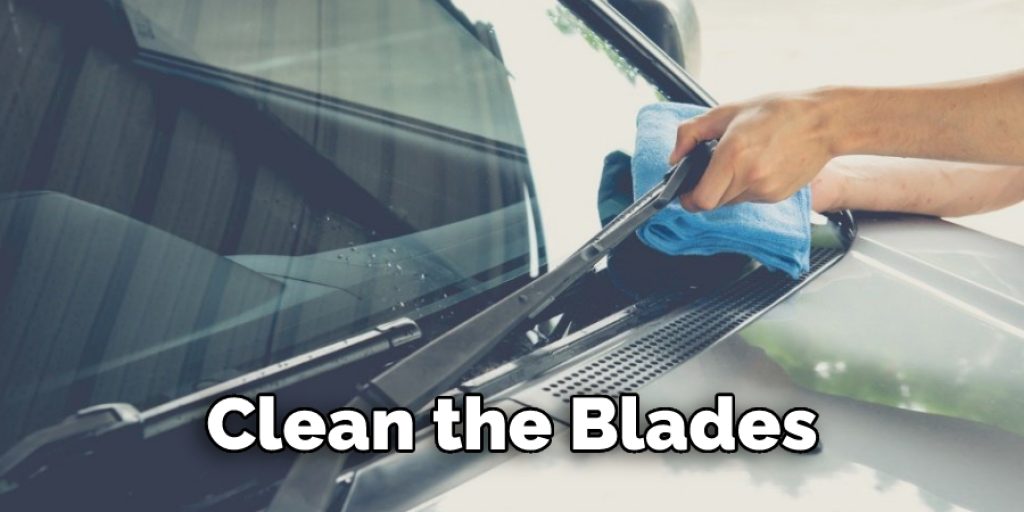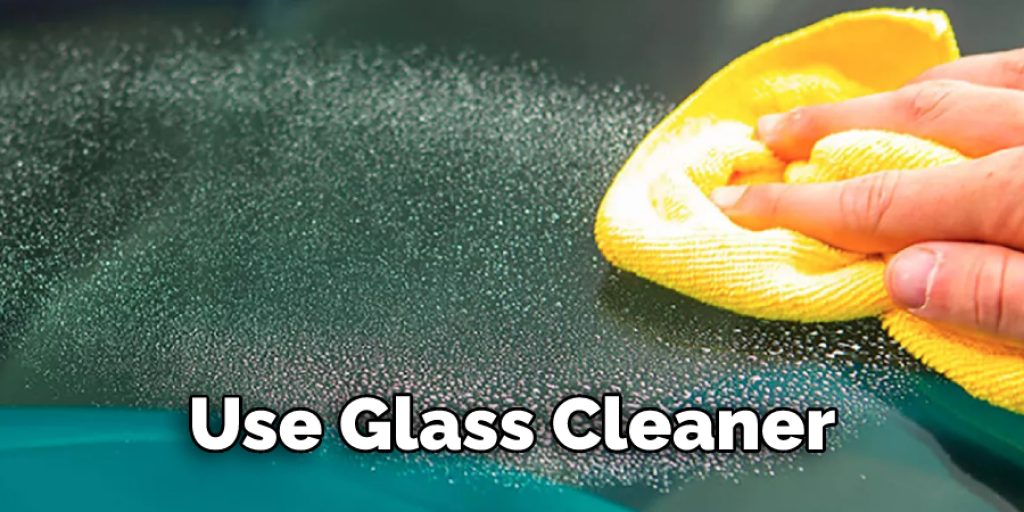How to Soften Wiper Blades
If you’ve been driving for a while, you know that windshield wipers are essential for keeping your view clear during bad weather. However, if your wipers are old and stiff, they can’t do their job properly.

Unfortunately, over time wiper blades can become hard and brittle. This can lead to poor performance and even complete failure when trying to clear your windshield of rain or snow.In this post, we’ll show you how to soften wiper blades so that they can smoothly clear rain and snow from your windshield.
10 Effective Ways on How to Soften Wiper Blades:
1. Thorough Cleaning:
Wiper blades get dirty and are covered with debris such as bug splatters. This kind of dirt wears down the rubber over time, making it rough and less effective, especially in dry conditions with no fluid to lubricate the blade. Wipe off all wipers using a sponge or damp cloth. Be sure to clean the back of the blades (the rubber closest to the windshield).
2. Thin Layer of Oil:
Using a small amount of oil on your wiper blades also helps prolong their life. Use motor oil or WD-40, but make sure it does not get onto the glass. Be careful when applying WD-40, as it tends to drip and may even eat away at your wiper blades.

3. Apply Wax:
One of the cheapest ways to soften wipers is to apply a coat or two of car wax to them. Be sure that the wax does not contain silicone or any other chemicals that could damage your wipers’ rubber and paint the window. Let the wax sit for 10 minutes, then wipe it off with a clean cloth.
4. Use Wipe New:
Wipe New is a product that softens wiper blades and prolongs their life. Apply it to your blades by wiping it on with a clean cloth, then let the product sit for at least five minutes. Then, wipe it off, taking care not to get any onto the windshield or paint.
5. Rubber Softener:
Rubber softener is a product sold at automotive parts stores and places like Wal-Mart. It can be purchased in aerosol spray cans or as an additive for automatic car washes. Spray on the rubber softener, let it sit for 5 minutes, then wipe off with a clean cloth (be sure to wear gloves).
6. Dry Them Thoroughly:
Make sure your wiper blades are completely dry before putting them back onto the windshield. This means waiting until after it has rained or your car is washed and not rushing to reattach them when they still appear wet (this will only lead to streaking).
7. Refill Windshield Wiper Fluid:
Dirty windshield wiper fluid can harm your wiper blades. Therefore, it is best to regularly check the fluid level in your car’s reservoir and fill it up whenever it gets low. Most car manufacturers recommend refilling every 3-5 months, but depending on where you live (and how much you drive), it may need to be filled more or less often.

8. Clean the Blades Themselves:
After cleaning your wipers, it is important to clean the blades themselves. Use a paper towel or rag that has been dipped in glass cleaner and scrub each blade with firm pressure. Make sure you are not putting any excess pressure on the rubber while doing this (the blades could break or be damaged).
9. Replace the Wiper Blade:
If none of these options work, it may be time to replace the wiper blades entirely. If you feel like they are not doing a good job clearing your windshield and leaving streaks, if they make noise while running or cracking sounds when starting up your car, or if they won’t stay attached to your windshield (it is recommended that you use the “hook” attachment, not the “pin” or “clamp” type), that is a sign that it may be time for new wipers.
10. Adjust Tightness of Wiper Assembly:
Finally, some cars have adjustable wiper assemblies that can be tightened or loosened using an adjustment screw (usually located on the end of the arm closest to the windshield). Loosening this screw will make your wipers looser and more flexible, making them last longer. These screws are often made out of plastic and may strip over time. If this happens, replace the screw completely (best to go with metal).
You Can Check It Out To Break Box Cutter Blade
Wiper Cleaning Tips and Advice:

1. Clean your windshield wipers frequently with glass cleaner to remove built-up dirt, sap, and bugs.
2. Check the wiper fluid reservoir in your car at least once a month to ensure enough fluid for proper function.
3. Wash your car before the wipers turn dry and scratch the windshield more severely than if they are clean.
4. If you are using an automatic car wash, be sure to wipe down all surfaces touched by water/cleaning solution.
5. Do not use the automatic wipers at gas stations to clean your windshield; they are usually dirty and can scratch your glass/paint.
6. Do not use newspapers or any other material that may contain abrasives (e.g., cat litter) to wipe down your windshield or windows; they often leave tiny fibers behind, which can cause more damage over time.
7. Do not spray your wiper blades with any cleaning chemical or solvent while the wipers are in motion; it could cause them to fly off suddenly and strike another surface with force, damaging or even shattering it.
You may read also How to Lift Windshield Wipers
Conclusion:
If you’re looking for a way to save time and money on car maintenance, then learning how to soften wiper blades is necessary. Luckily, the process is simple and only requires a few household items. If your wipers aren’t doing their job, it’s time to replace them. But you can also try this quick fix for a temporary solution. Apply dish soap and water to the blades with a sponge or cloth.
This will soften any dried-on bugs stuck on there and help dissolve salt from winter driving conditions, so they’ll be easier to wipe off next time around! You can keep your windshield clear during any storm by following these steps. Have you tried softening your wipers? What tips do you have to share? Let us know in the comments below!




